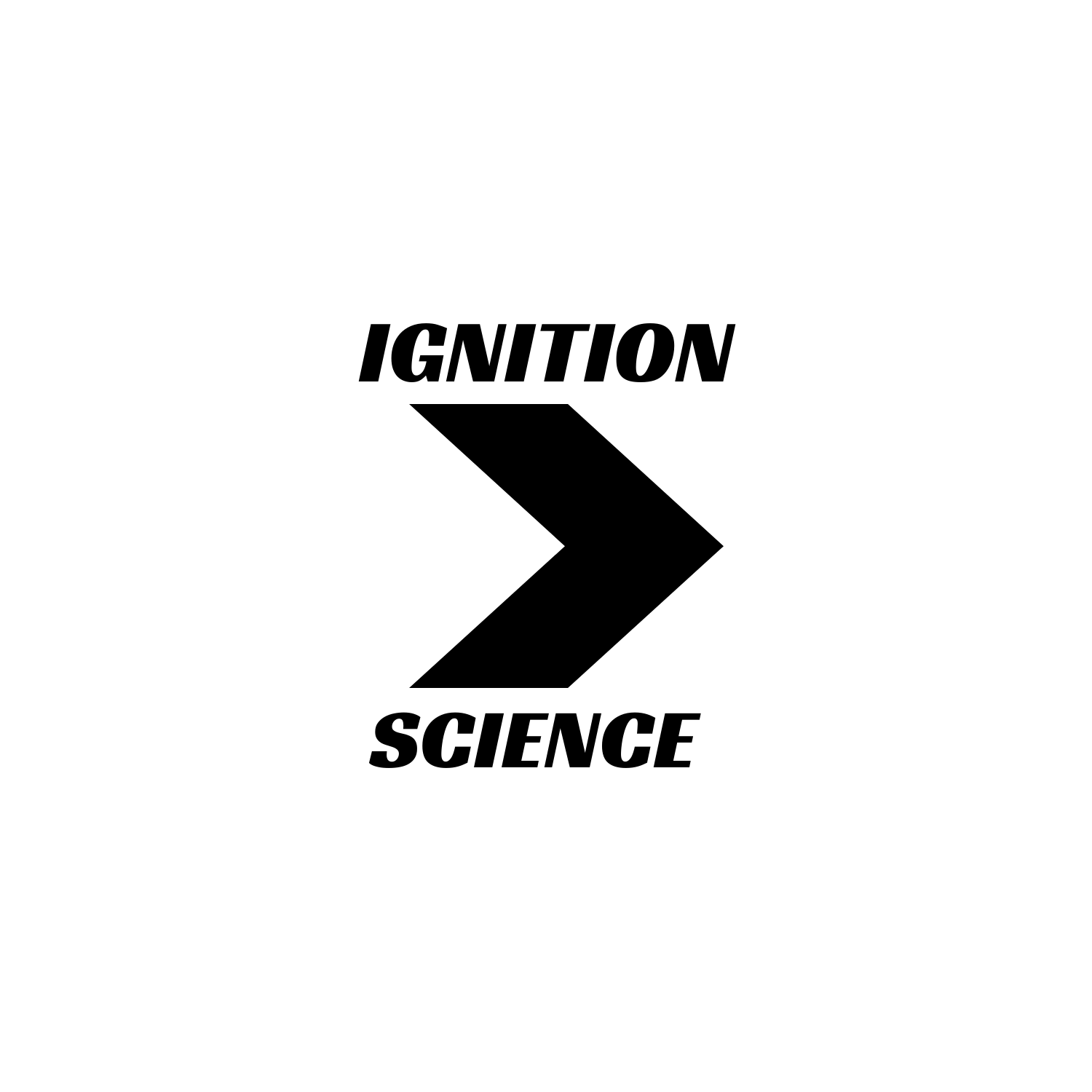In one of my previous blogs, you got to learn about Antimatter. Now, we will be talking about Antimatter spacecraft or antimatter rockets.
An antimatter rocket is a proposed class of rockets that use antimatter as their main power source. The advantage to this rocket class is that a large portion of the rest mass of a matter-antimatter mixture may be converted to energy, allowing antimatter rockets to have a far greater energy density than any other rocket that uses regular fuel.

The reason why using antimatter as a source of fuel is far better than using regular rocket fuel is that all of the mass in matter-antimatter collisions is converted into pure energy. Matter-antimatter reactions produce roughly 10 million times the energy from chemical reactions such as the hydrogen and oxygen combustion used to fuel space shuttles.
Building an antimatter spacecraft
The idea of having an antimatter-powered engine may seem significant, but antimatter is one of the rarest and most expensive substances ever known to mankind.
The amount of antimatter needed to supply a rocket engine for a one-year trip to Mars could be as little as a millionth of a gram (10^-6 grams), according to a report in the October 2000 issue of the Journal of Propulsion and Power. Matter-antimatter reactions are 1,000 times more powerful than the nuclear fission produced in nuclear power plants and 300 times more powerful than nuclear fusion energy. However, transporting the antimatter and implementing it into the engine, would take some time, as most of the antimatter we have created has exploded since it can’t be stored in containers for long durations. Also, building a system that uses the antimatter without making it react and explode would be hard to create.

However, this doesn’t mean it is impossible. Studies suggest that NASA is possibly only a few decades away from developing an antimatter spacecraft that would cut fuel costs to a fraction of what they are today. In October 2000, NASA scientists announced early designs for an antimatter engine that could generate enormous thrust with only small amounts of antimatter fueling it.
Matter-antimatter engines have the potential to take us farther with less fuel. The problem is creating and storing the antimatter. There are three main components to a matter-antimatter engine:
- Magnetic storage rings – Antimatter must be separated from normal matter so storage rings with magnetic fields can move the antimatter around the ring until it is needed to create energy.
- Feed system – When the spacecraft needs more power, the antimatter will be released to collide with a target of matter, which releases energy.
- Magnetic rocket nozzle thruster – Like a particle collider on Earth, a long magnetic nozzle will move the energy created by the matter-antimatter through a thruster.
- NASA spacecraft are currently powered by ion thrusters, which have top speeds of 200,000 mph. With the antimatter propulsion systems, the antimatter rocket could hit speeds of 72 million mph.

Author – Rinaan Guleria
